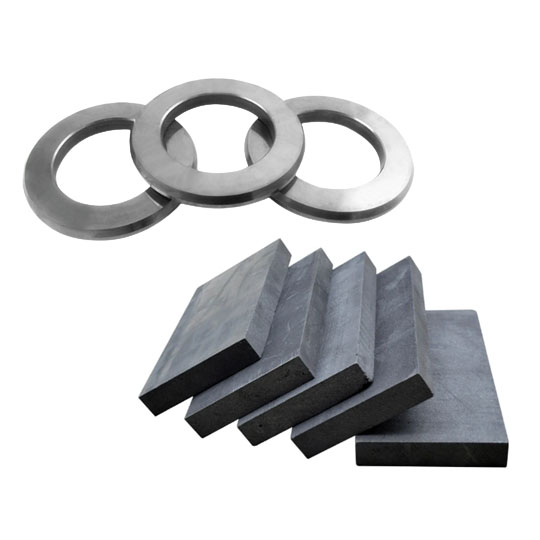The Importance of Carbide Plates in Complex Applications
Let’s start with a simple truth: when it comes to the toughest, most demanding environments in industries like aerospace, automotive, oil and gas, and mining, carbide plates are the undisputed champs. Think of them as the armored knights of the materials world—durable, hard, and nearly indestructible.
Why are they so important? It’s because these plates, particularly those made from tungsten carbide, are capable of withstanding intense wear, pressure, and temperature. Whether it’s cutting through high-strength alloys or protecting surfaces in high-impact scenarios, carbide plates ensure the tools and components last longer, work harder, and perform better.
And that’s not just marketing fluff. According to a report from Global Market Insights, the tungsten carbide market alone is expected to exceed $27 billion by 2030. Clearly, we’re talking about materials that make a huge difference in real-world applications.
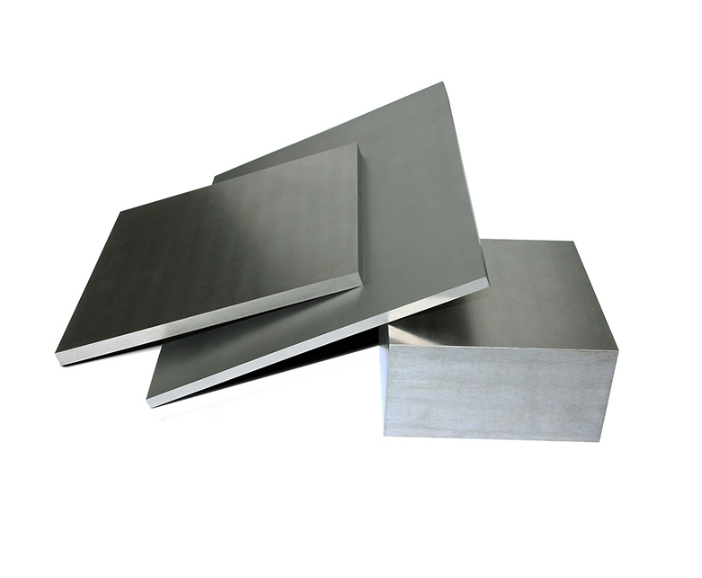
What is a Carbide Plate?
Okay, so what exactly is a carbide plate?
In a nutshell, a carbide plate is a composite material made by binding metal carbides (typically tungsten carbide) with a metallic binder, usually cobalt or nickel. The resulting material offers a unique combination of hardness (up to 9 on the Mohs scale!), wear resistance, and toughness.
Let’s break that down:
- Tungsten carbide: A super-hard ceramic compound.
- Cobalt/Nickel binder: Holds everything together like glue and adds toughness.
- Production process: Typically involves powder metallurgy and sintering.
What you get is a material that’s harder than steel, almost as tough as diamonds, and built to survive the harshest industrial conditions. They’re used in cutting tools, wear parts, dies, punches, and shielding.
Challenges in Bonding Carbide Plates
Here’s where things get tricky. As amazing as carbide plates are, bonding them to other materials isn’t exactly a walk in the park.
Why? Because of their:
- High hardness: They don’t deform easily, which means getting adhesives or metals to “grip” is tough.
- Thermal expansion mismatch: They expand and contract at different rates compared to steel or aluminum.
- Brittleness: Despite their hardness, they can crack under stress if not bonded properly.
In fact, many manufacturers end up dealing with delamination, stress cracking, or reduced performance due to poor bonding methods.
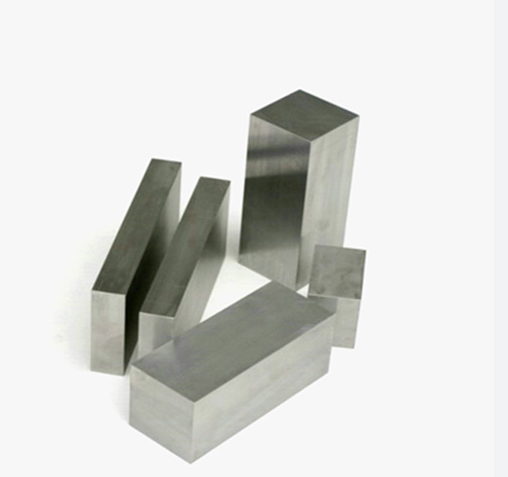

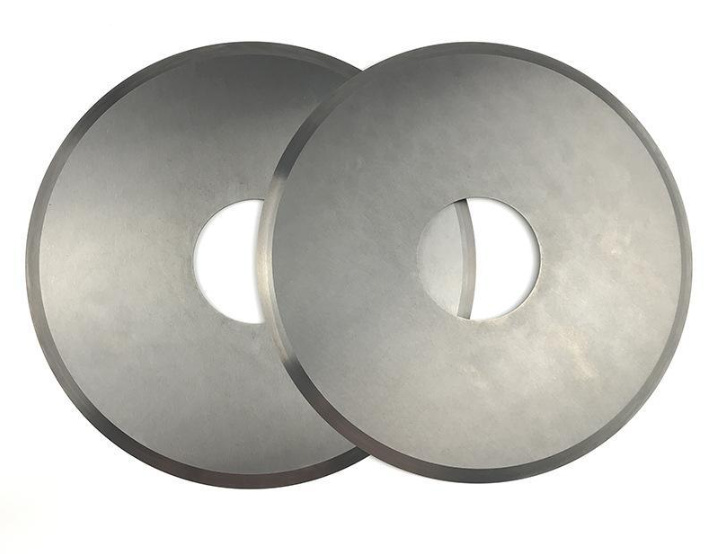
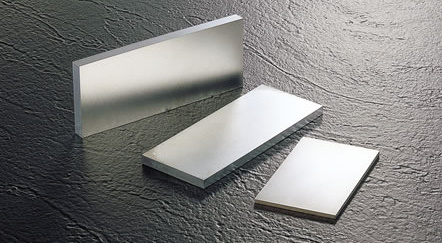
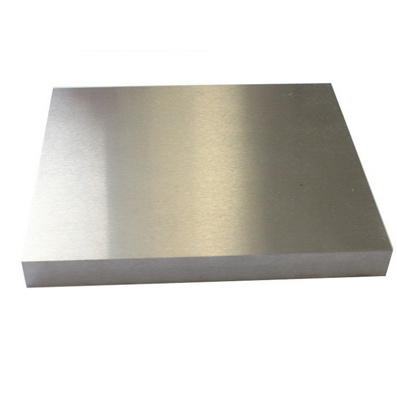
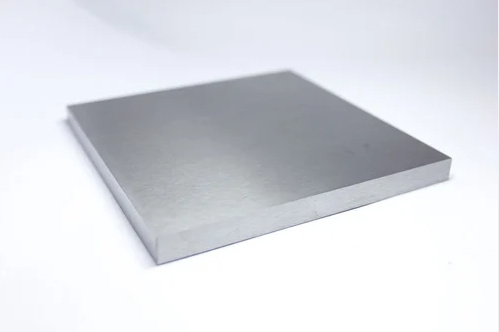
Effective Bonding Techniques for Carbide Plates
Below is a comprehensive table summarizing the most effective bonding methods for carbide plates, comparing various parameters for quick insights.
Overview of Bonding Methods for Carbide Plates
| Bonding Technique | Bonding Strength | Thermal Resistance | Cost | Common Use | Advantages | Disadvantages |
|---|---|---|---|---|---|---|
| Brazing | High | Moderate | Moderate | Cutting tools | Strong joints | Requires high temps |
| Diffusion Bonding | Very High | High | High | Aerospace | No filler needed | Time-consuming |
| Adhesive Bonding | Medium | Low to Moderate | Low | Prototyping | Simple process | Weaker bonds |
| Mechanical Fastening | Low to Medium | High | Low | Temporary fixes | Reversible | Less durable |
| Laser Welding | Very High | Very High | Very High | Precision tools | Precise & clean | Expensive setup |
| Sinter Bonding | High | High | Moderate | Tool inserts | Homogeneous bond | Needs special tools |
Best Practices for Complex Applications Using Carbide Plates
Alright, so you’ve got a carbide plate. You know it’s tough, and you want it to last. How do you make sure it does the job right?
Here are some battle-tested best practices:
- Surface Preparation is Everything: Clean, sandblast, or etch surfaces before bonding. Even microscopic contaminants can ruin a bond.
- Choose the Right Bonding Agent: For high-temp environments, go with brazing or laser welding. For prototyping, adhesives can work fine.
- Mind the Thermal Expansion: Use flexible adhesives or stress-relieving layers to prevent cracking.
- Design for the Bond: If you know you’ll bond the plate, design the housing or support structure to distribute stress evenly.
- Test, Test, and Test Again: Run thermal cycling, vibration, and stress tests before putting it into production.
Metal Powder Models for Bonding (Top 10 with Descriptions)
Let’s get technical. Here are ten specific metal powder models commonly used in the bonding of carbide plates, especially in brazing and diffusion bonding.
| Metal Powder Model | Primary Metal | Use Case | Melting Point (Approx) | Key Features |
|---|---|---|---|---|
| BNi-2 | Nickel | Brazing | 960°C | Corrosion-resistant, good flow |
| BAg-7 | Silver | Brazing | 780°C | Low-temp bonding, good ductility |
| Cusil | Copper/Silver | Brazing | 780°C | High strength, thermal conductivity |
| Amdry 105 | Nickel | Diffusion | >1000°C | Oxidation resistance |
| Metco 443 | Cobalt | Brazing | 1050°C | Toughness & thermal stability |
| AMDRY 962 | Nickel-based | Brazing | 1080°C | Self-fluxing, vacuum environment |
| Nicrobraz 30 | Nickel | Brazing | 1050°C | Ideal for carbide-steel bonding |
| Oerlikon S-F 001 | Silver/Copper | Brazing | 790°C | Good wettability, fine flow |
| Brazetec 4906 | Silver | Brazing | 700°C | Low melting, easy application |
| Colmonoy 88 | Nickel-Chrome | Hardfacing | 1100°C | Wear-resistant overlays |
Case Studies and Real-World Applications (Optional)
Imagine you’re manufacturing drill bits for oil rigs. One company tested brazed versus sinter-bonded tungsten carbide plates under simulated conditions. Guess what? The sinter-bonded units lasted 25% longer and showed 30% less microcracking.
Another aerospace parts maker moved from traditional brazing to laser welding, reducing failure rates by 40% due to more precise control and lower heat distortion. Real results, real savings.

FAQ
| Question | Answer |
|---|---|
| What is the strongest method for bonding carbide plates? | Diffusion bonding or laser welding due to atomic-level adhesion. |
| Can I use glue or epoxy for bonding carbide plates? | Yes, for low-load, low-temp applications like prototyping. |
| What’s the most cost-effective method? | Brazing offers a strong, mid-range option. |
| Do carbide plates need special surface treatment before bonding? | Absolutely. Sandblasting or chemical etching helps improve bond strength. |
| How do I prevent cracking after bonding? | Use stress-relief layers or flexible bonding agents. |
| Can I bond carbide to aluminum or titanium? | Yes, but use appropriate interlayers or choose compatible adhesives. |
| What happens if the bonding method fails? | The component could delaminate, crack, or completely fail in-service. |
| Are there environmentally friendly bonding methods? | Adhesives and laser welding produce less waste compared to flux-heavy brazing. |
| Which industries rely most on carbide plate bonding? | Aerospace, automotive, mining, oil & gas, and defense. |
| What’s the typical lifespan of a bonded carbide component? | Depends on use, but often 5-10x longer than non-carbide parts. |


